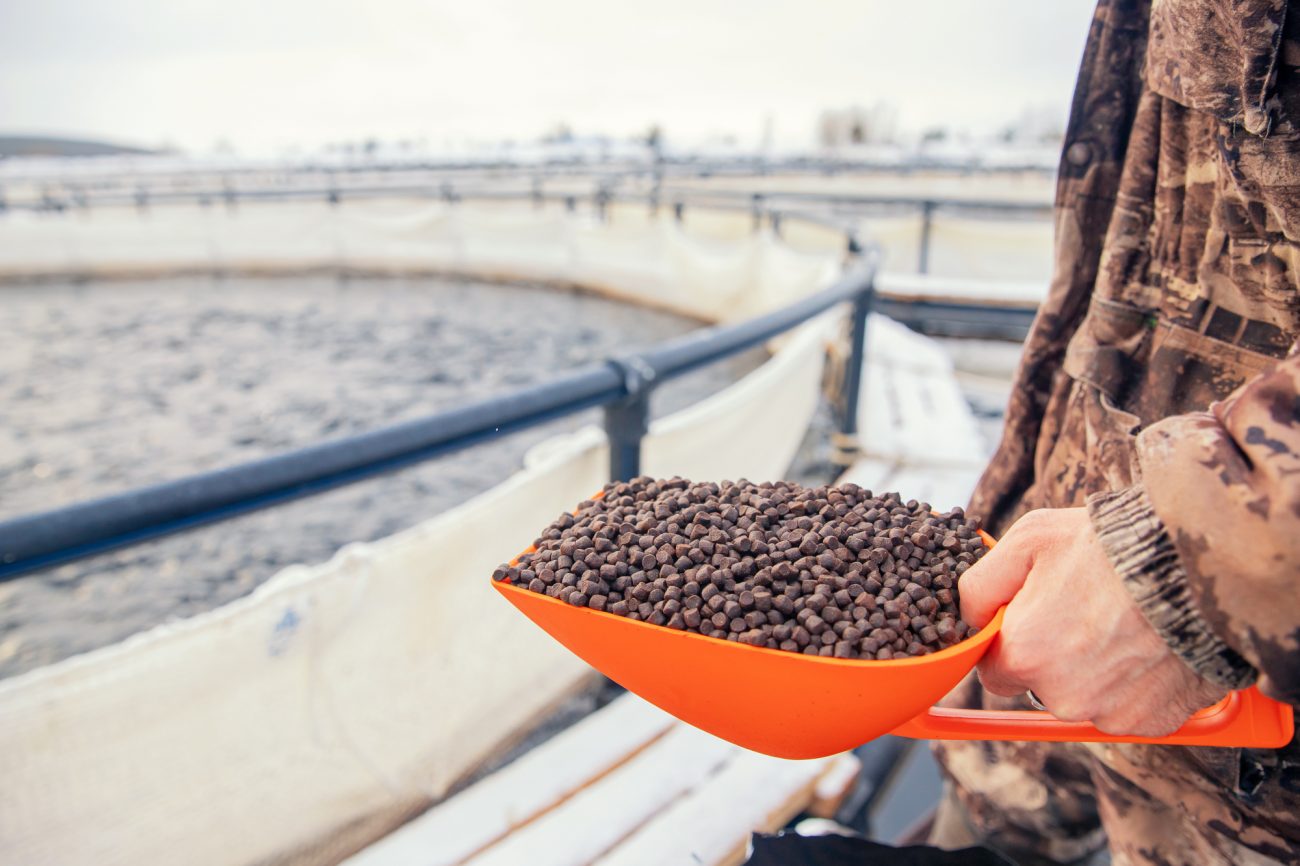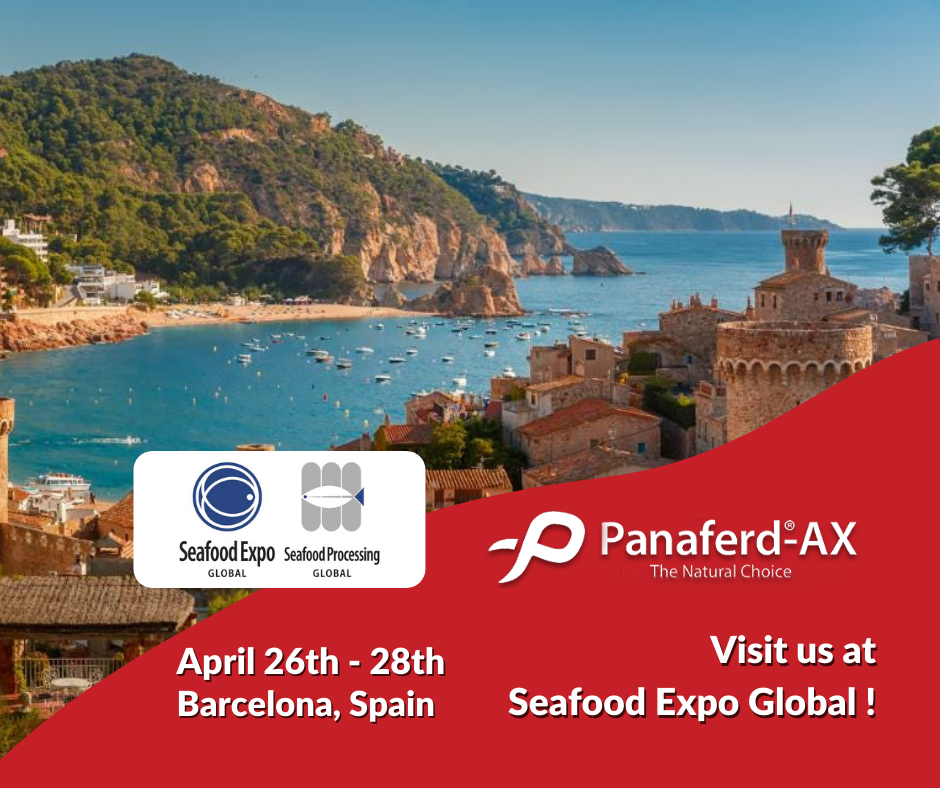Farmed salmon could be part of the answer for a sustainable supply of fresh seafood, but as any salmon farmer knows – the natural color that salmon develops in the wild is a key part of its appeal. The diet of a farmed salmon is different from that of the wild fish, but just how different is up to the farmer. Some salmon farms turn to synthetic color additives, diverging from the natural diet of the fish to artificially amplify only one marker of quality – the color of the salmon’s flesh. There’s a better way, and one that not only naturally imbues the fish with its characteristic pink flesh, but that can even improve nutrition and quality of life for your salmon stock. Discover color and nutrition for your fish that’s natural, not synthetic. Discover Panaferd.
Natural vs Synthetic Color and Nutrition for Salmon
The key difference between artificial, synthetic salmon colorants and natural Panaferd is the composition. Synthetic colorants are often made of the carotenoid astaxanthin, chemically extracted from petroleum. This synthetic color amplifies the color of the fish’s flesh, and does little else.
Panaferd is created through a natural process, fermentation, from a microorganism that helps form the base of the wild salmon’s food chain. The paracoccus carotinifaciens microorganism is the same one eaten by the small crustaceans that salmon feed on in the wild. In addition to astaxanthin, this microorganism imbues Panaferd with a wide variety of carotenoids – powerful antioxidant compounds that enhance the color of the fish as well as its overall nutrition. Aquatic stock fed with Panaferd can benefit from increased vitamin A production, resulting in lower stress and better disease resistance and reproductive health.
Say No to Synthetic Color
With no dangerous chemicals, no GMOs, and a nutritional composition closer to that found in the wild, Panaferd offers a powerful natural answer to synthetic color additives in salmon feed. Discover the difference Panaferd can make in your salmon stock – reach out to our experts in color and nutrition for farmed salmon today.



